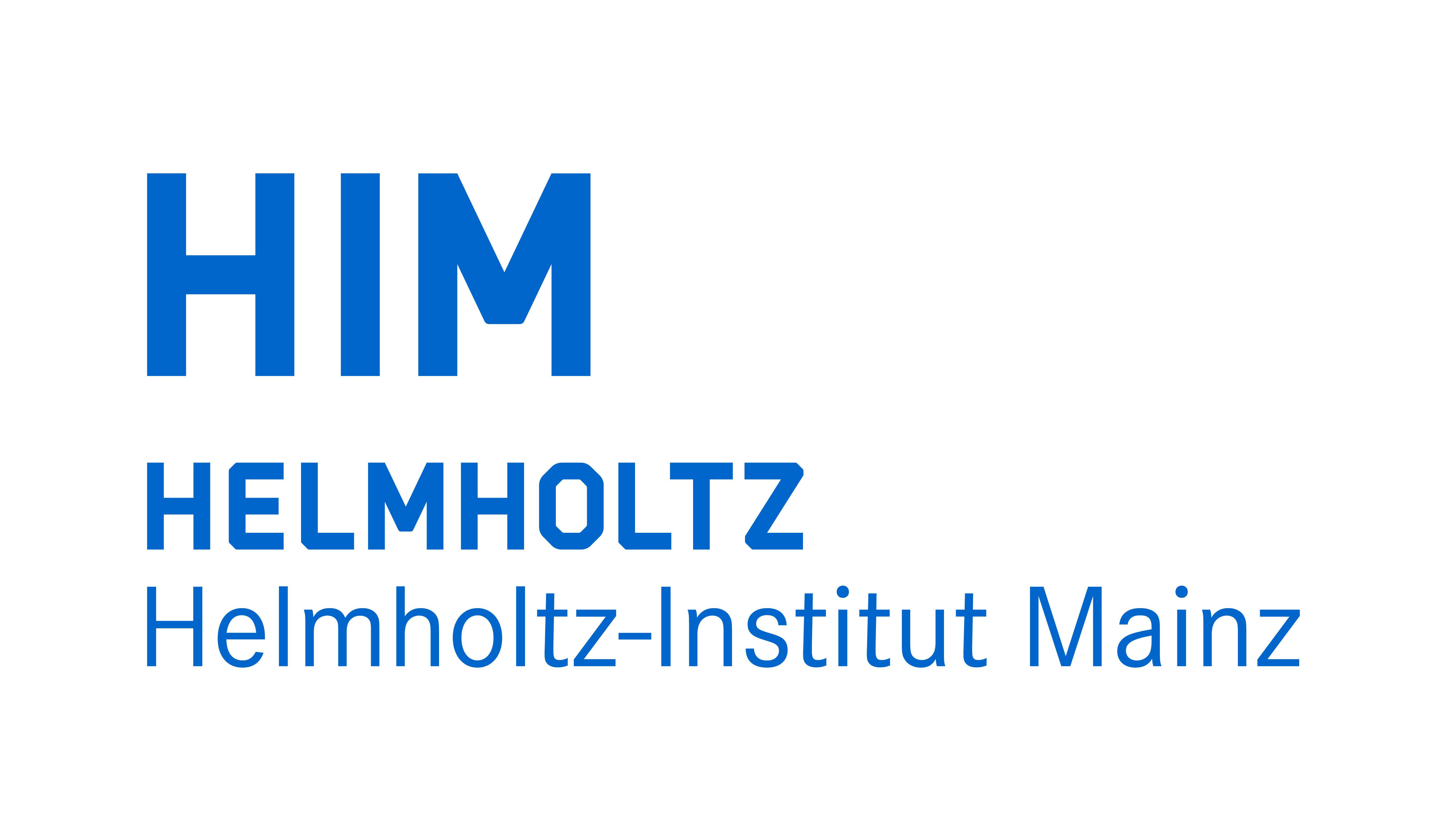


Physikalisches Kolloquium
July 5, 2016 at
4:16 p.m. c.t.
in
HS KPH
Prof. Dr. Alfons Weber
Institut für Physik
a.weber@uni-mainz.de
Prof. Dr. Hartmut Wittig
Institut für Kernphysik
hartmut.wittig@uni-mainz.de
Novel real time thunderstorm information tools for increased aviation safety and efficiency
Dr. Caroline Forster (German Aerospace Center (DLR), Oberpfaffenhofen)
Adverse weather conditions are a major thread for aviation and cause considerable disruptions and delays in the air transport system. In particular, thunderstorms are one of the most dangerous hazards as they are related to phenomena like lightning, turbulence, hail, and icing which can cause considerable problems for aircraft. To date, however, thunderstorm information for aviation is still rudimentary and insufficient. For the flight planning, pilots mostly rely on significant weather charts which are based on numerical weather forecast models. These models indicate in which regions thunderstorms can probably be expected, but they cannot forecast the exact location and time of occurrence of a thunderstorm. Thus, model forecasts are not suitable to adjust the flight route to the actual weather situation. Especially en-route over the ocean and during nighttime, the only information source about the current weather situation for pilots is the on-board radar. The on-board radar, however, has only a limited reach of about 150 NM (about 20 minutes of flight time) and covers only a limited sector in front of the aircraft.
In order to overcome all the all the above mentioned deficiencies, innovative weather hazard information tools have been developed at the DLR Institute of Atmospheric Physics within national and international research projects. Real time observations from geostationary satellites and ground-based weather radars are used to detect, track, and forecast thunderstorms up to one hour (=nowcasting). Thereby, a precise overview of the current and future thunderstorm situation is obtained by representing thunderstorms as hazard objects, i.e. as areas where it is dangerous to fly. In several campaigns in cooperation with the German Air Navigation Services, Munich Airport and Lufthansa, it has been demonstrated that these novel tools can be used e.g. by pilots and dispatchers for strategic flight route planning and by air traffic controllers to timely and efficiently regulate the air traffic during thunderstorm situations. Analyses of past aircraft accidents and incidents highlight the usefulness of the tools for aviation safety, and a verification with lightning data and other observations shows their accuracy. The demand of the aviation stakeholders was finally the trigger to found the company WxFUSION, a spin-off of DLR, in order to offer the novel weather information tools on the market. The presentation nicely shows how applications based on fundamental research are developed to marketable innovations and commercial products.